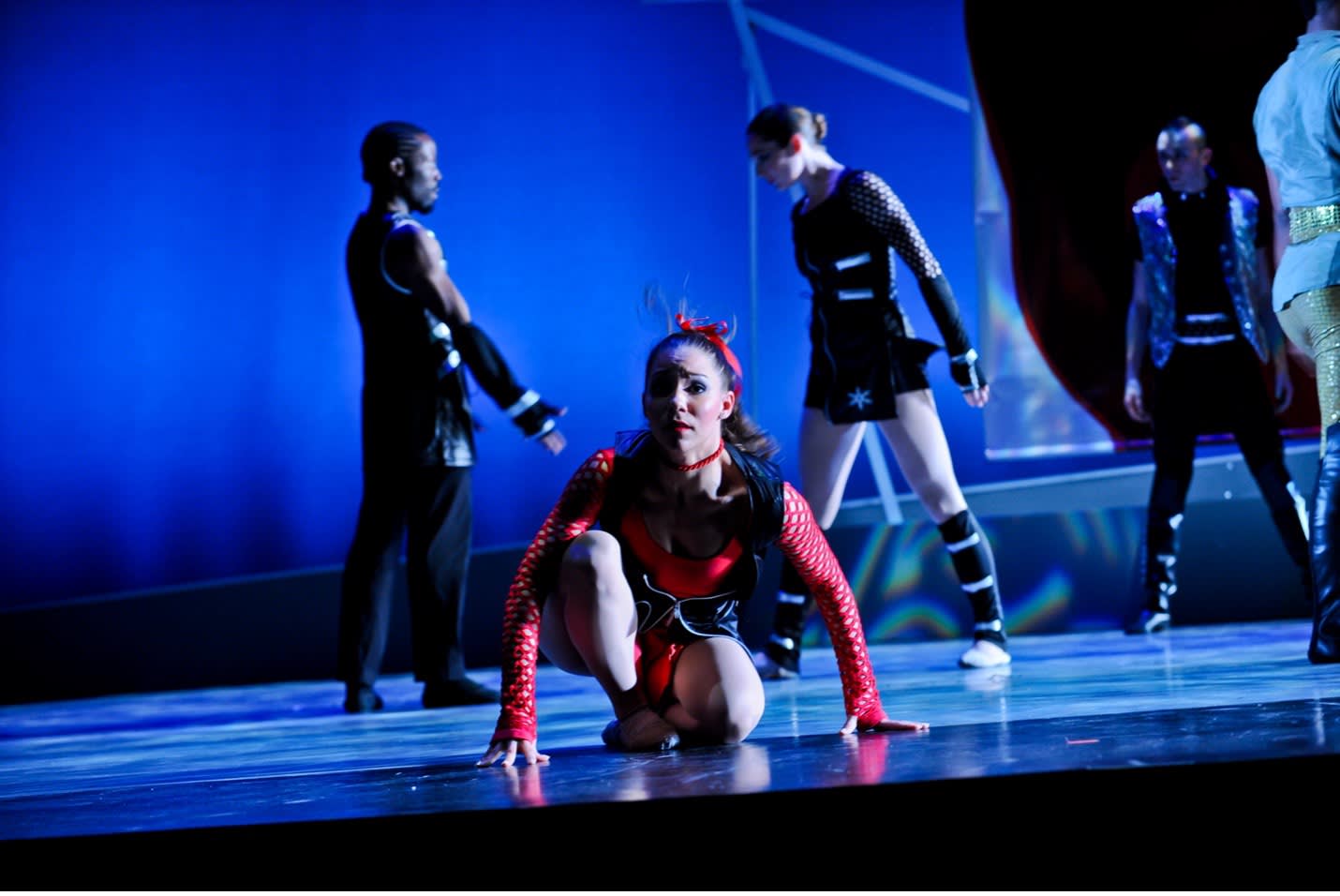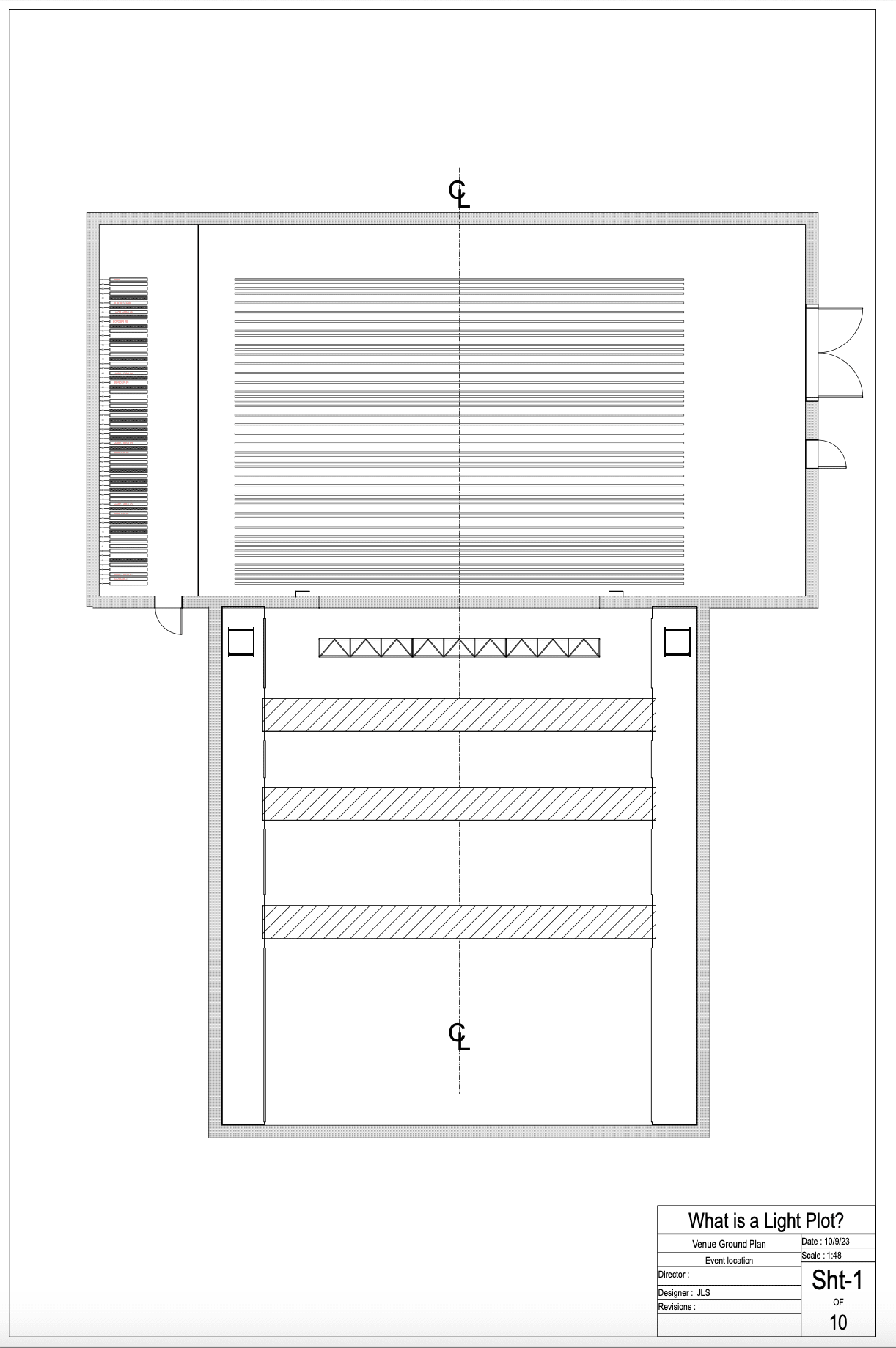Lighting design can be crucial in modern dance performances. You can help set the tone, showcase movement, and capture the perfect mood with the right design.
In this article, you’ll learn about key considerations and practical tips for effectively lighting modern dance performances.
Lighting Modern Dance Performances
In modern dance, you’re responsible for serving the choreographer’s vision with your lighting design. The choreographer for dance is much like the director of a play. Furthermore, with a lack of dialog, dance lighting is more about emotion and physical form than a traditional theatre production.
Understanding Dance Lighting
As mentioned above, understanding your choreographer’s concept is the first place you should begin when lighting. Learn about the themes they’re trying to convey through dance and the emotional journey on which the performers are taking the audience.
Knowing such details will help you begin designing. You see, lighting in modern dance is more about creating an atmosphere as opposed to illuminating the dancers’ faces, so you can experiment with more artistic elements like shadows, color, and light intensity.
With creative choices consistent with your choreographer’s vision, you’ll be able to use light to evoke feelings, amplify choreography, and draw attention to key moments in the performance.
Typical Lighting Positions and Techniques for Modern Dance Performances
1. Side Lighting
Side lighting, often referred to as the sculptor’s light, is fundamental in dance. It allows you to creatively and strategically highlight the human body and its movements. The sharp contrast between lit and unlit areas of the body provides a dynamic visual representation of the dance.
Use side lighting to emphasize fluid movements, making limbs appear longer and more dramatic. Pairing side lighting with a minimal amount of front light keeps the focus on the body rather than on facial expressions, which is often preferred in dance.

Dance performer dramatically lit with side lighting.
2. Backlighting and Top Lighting
Modern advancements, especially with LED technology, have revolutionized dance lighting. Backlighting, once limited in color options, is now far more versatile. LEDs, particularly LED Pars, allow you to flood the stage with color while controlling both intensity and hue with incredible precision.
Experiment with LED Pars to expand the palette of your backlighting. The limitless color options make LED Pars a go-to tool for lighting modern dance, from cool tones that invoke tranquility to warm shades that inspire passion.

Two dancers backlit in silhouette.
3. Lighting Onstage Booms
Dance performances frequently feature “booms,” vertical pipes or trusses placed onstage parallel to the proscenium. These booms support three key lighting positions, each highlighting a different aspect of movement.
· Shins: Positioned at the lowest point on the boom, just above floor level, shin lights cast light across the stage without illuminating the floor itself. This technique enhances the dancers' form and can create an illusion of them floating above the stage.
· Mids: Located approximately four feet above the stage, mids are placed in the middle of the boom.
· Heads: Positioned six to eight feet above the deck, heads provide top-down light that enhances the overall form of your production’s dancers.
Combining shins, mids, and heads in your lighting setup gives you the flexibility to adjust the intensity and direction of light to match specific choreographic moments. For an added effect, consider using gobos in mids or heads to create intricate patterns that move with the dancers.
4. Cycloramas and Scrims
Cycloramas (or “cycs”) are large backdrops that are typically lit from the front. Cycs can work with backlighting to extend the backlighting’s influence onto the floor, adding layers of color and depth. These backdrops can also be used to create striking silhouettes and abstract shapes without the need for intricate setups.
Your silhouettes are the most impactful when combined with a “scrim.” Scrims are fabric placed in front of the cyc, often white, grey, or cream. When you have a black scrim in front of a white cyc, and you turn off the lights on the cyc, the black scrim will appear opaque, making the cyc behind it seem to disappear.

Lime green shin light and black scrim used to light dancers.
You can experiment with these various techniques using sample projects from Vectorworks University. Although not specific for dance, the “Fashion Show Project,” for example, is a great practice tool for lighting subjects in impactful ways.
These files are free to download and are perfect for exploring any new tool or skill in Vectorworks.
Click here to browse sample projects on Vectorworks University.
What’s a Light Plot?
Understanding how to draw light plots is another key to successfully lighting a modern dance performance.
If you don’t know, a light plot is a schematic drawing that shows where lighting instruments are placed in relation to each other, the architecture of the theater or venue, and even booms that might be on stage next to the dancers.
Simple light plots of your modern dance productions only need to be 2D, since they are presented in a bird’s-eye view known as a “plan view.” Sections and elevations can be created to help understand where the lights are in your 3D space.
To create a light plot of your own with Vectorworks Spotlight, check out this article. In the article, you’ll find a summary of detailed steps, including:
1. Familiarize yourself with your subject
2. Create a ground plan
3. Draw scenery
4. Draw your section
5. Create elevations
6. Place electrics
7. Set up Label Legend
8. Place overhead lighting
9. Organize your light plot for control
10. Choose your colors
11. Set up templates and gobos
12. Create instrument key and title block

Lighting Non-Traditional Spaces
Although your dance performance may not always take place in a theatre or concert hall, you can still implement the lighting techniques discussed in this article.
With Vectorworks Spotlight, you can efficiently and effectively create light plots starting with little more than a PDF of your venue. To learn more on this unique lighting subject, check out the webinar below:
Lighting Non-Traditional Spaces with Vectorworks
In this webinar, Anne Dresbach, senior lighting designer, discusses how you can creatively and efficiently light even the most uncommon of spaces.
Images courtesy of Joshua Schulman.
Stay in the know with the latest insights
Subscribers receive news, customer stories, success and learning tips, event information, and other important announcements from Vectorworks.
By submitting this form, you agree that Vectorworks, Inc. and its authorized partners may contact you in regards to news, offers, and the use of our software, services, and platforms. Learn more about our privacy practices and your data on our privacy page.*
